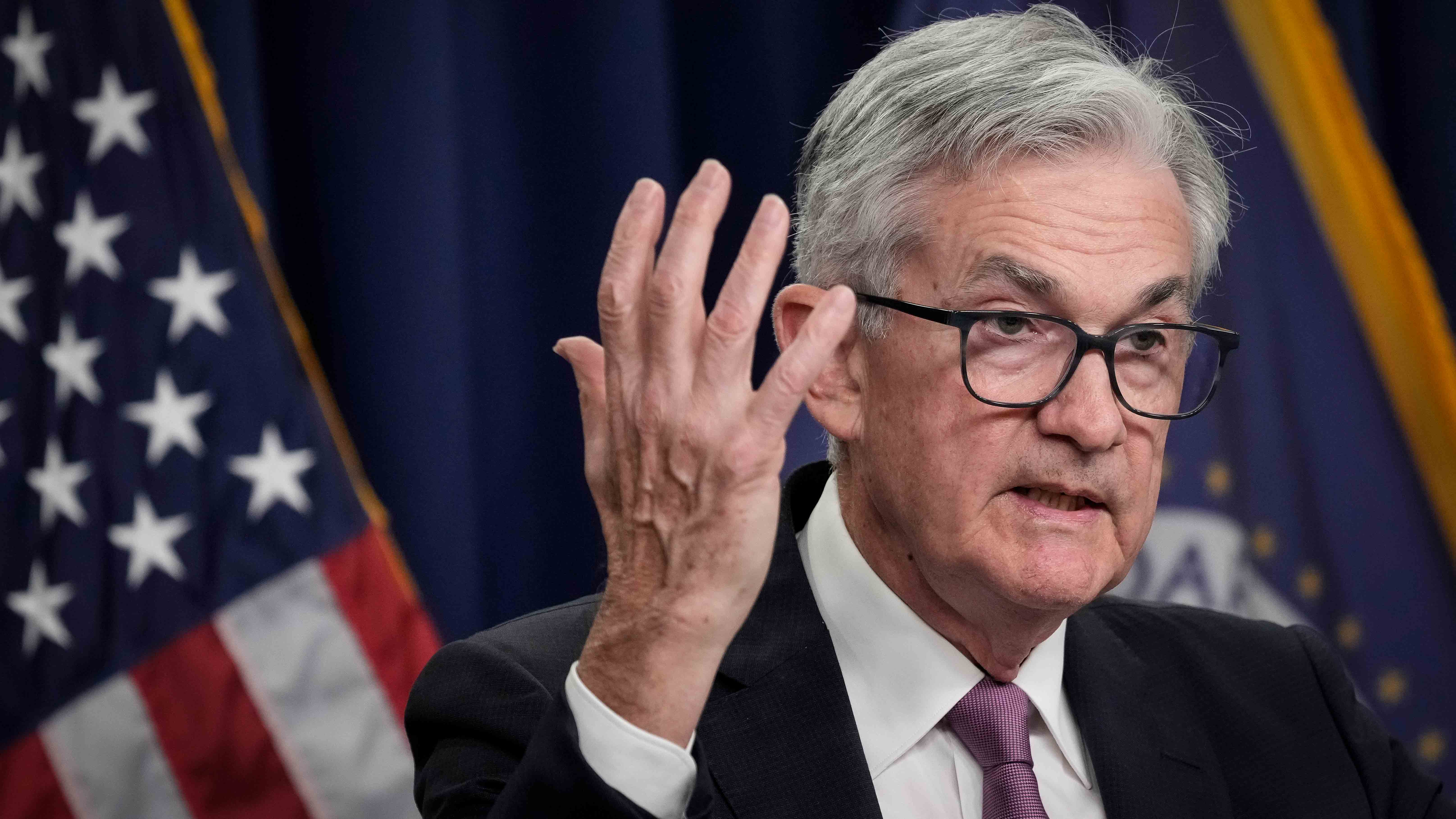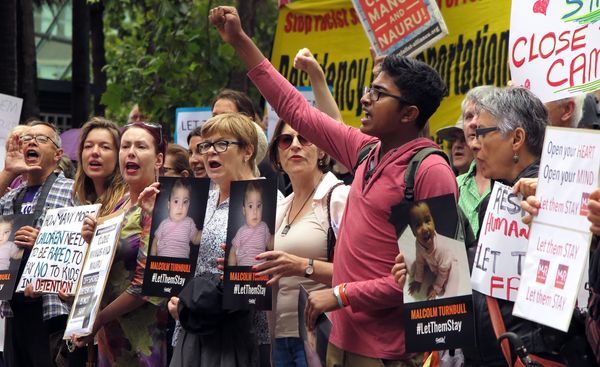
The Federal Reserve once again maintained its benchmark interest rate at the current 5.25% to 5.5% target range today in a widely expected move aimed at curbing inflation.
While recent indicators suggest that third-quarter economic activity expanded at a sizzling 4.9% annualized rate, inflation remains elevated, the central bank’s Federal Open Market Committee (FOMC) said in a statement on November 1 at the conclusion of its two-day policy meeting. The goal is to reach maximum employment and keep inflation at the 2% rate over the long run, the committee said.
If risks emerge that would impede that goal, the FOMC said it is prepared to adjust the stance of monetary policy as appropriate, taking into account factors including labor market conditions, inflation pressures and expectations, as well as financial and international developments.
This is the second consecutive policy meeting in which the committee left rates unchanged, at a rate that is its highest in 22 years. Today’s move comes on the heels of the Labor Department’s report showing strong job growth, with 336,000 jobs added in September and 119,000 retroactively added to July and August’s total. Wage growth eased in September to 4.2%, which appears to be a trend, as Kiplinger previously reported.
The committee noted that job gains have moderated since earlier this year but remain strong and that the unemployment rate also remains low. It said it would assess additional information and its implications for monetary policy, taking into account cumulative tightening of monetary policy, the lags with which monetary policy affects economic activity and inflation, and economic and financial developments.
No surprise to Wall Street
The FOMC also said it will continue to reduce its holdings of Treasury securities as well as agency debt and mortgage-backed securities, as previously announced.
The Fed's decision today was widely anticipated on Wall Street.
Frank Lietke, executive director and president of Ally Invest Securities, said in an emailed statement that the decision to maintain rates "provides small relief to consumers with variable funding sources."
He said that the pause is not a signal that consumers are out of the woods yet. "We should remain vigilant — strategic planning, differentiating between essential and non-essential expenses, and making smart decisions today can help consumers weather a potential recessionary storm,” Lietke said.
In September at the FOMC’s meeting, policymakers said that they expect stronger economic growth to keep interest rates higher for longer through much of the year.
In July, the FOMC raised rates by 25 basis points (0.25%), which brought the short-term federal funds rate to the target range of 5.25% to 5.5%. It was the 11th rate increase since March 2022 aimed at curbing inflation and followed a pause in June.







